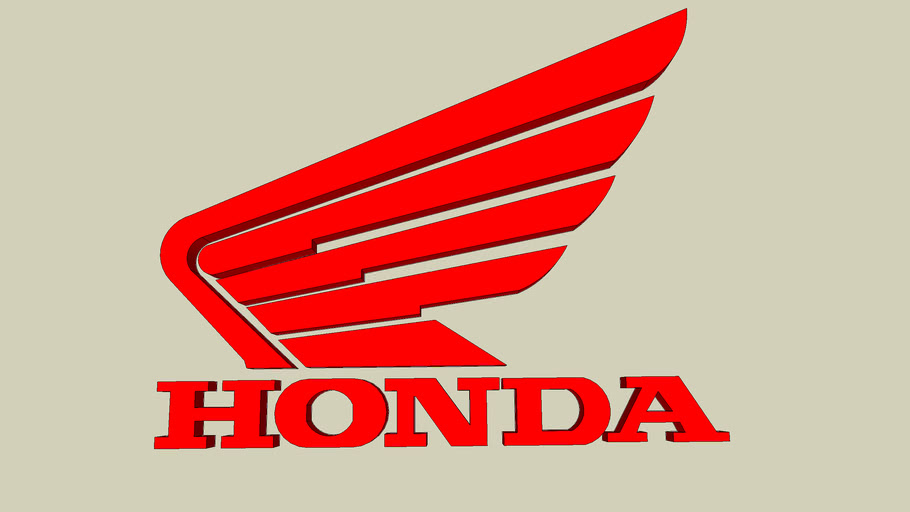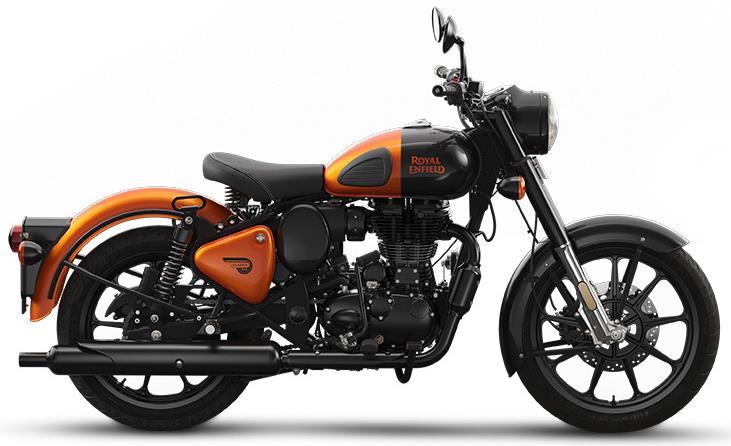(This story originally appeared in on Jan 15, 2021)
NEW DELHI: The auto industry moved in reverse gear during the nine months of FY21 as Covid-induced shutdowns as well as pressures on the economy and jobs saw sales of cars, two- and three-wheelers and commercial vehicles go down to historic lows.
According to numbers released by industry body Siam, sales of passenger vehicles — a cumulative of cars, SUVs, MPV/UVs — stood at 17.8 lakh units in April-December, the lowest in a decade since the 18.1 lakh units sold in the same period of FY11. Two-wheelers sales in nine months of this fiscal stood at 107.7 lakh units, lowest since 109.4 lakh units seen in 2013-14. Threewheelers sales stood at 1.3 lakh units. In 2000-01, the industry sold 1.4 lakh units.
In commercial vehicles, the volumes stood at 3.6 lakh units (last lowest at 4.8 lakh units in fiscal year 2010-11), and contraction here clearly points out that the broader economy is still in deep trouble, and lacks confidence.
“The industry has to work hard to get to better volumes and better business,” Kenichi Ayukawa, MD of Maruti Suzuki NSE -1.35 %, who is also the president of Siam, said.
Ayukawa said that demand has been coming back, which was evident through sales over the past few months, but added that it is too early to call it a turnaround. There has been a shortage of key components such as semiconductors and also the coronavirus situation still persists even though vaccination drive will be beginning soon. “The sales growth that we saw during the third quarter of the current fiscal contains some of the pent-up demand from the first quarter. So, the standalone sales performance of the third quarter may not be a true reflection of the industry’s overall sales,” he said, adding that some more time is required to make a fair assessment of where the industry is headed for.
“The industry is facing a shortage of semiconductors, steel and other materials. These may lead to supply and production disruptions. There is also an impact of the price increase of steel, logistics and other raw materials. In such kind of fluctuations, it is very difficult to predict the demand scenario going ahead.” Asked about his expectations from the upcoming Budget, Ayukawa said the industry awaits the introduction of the scrappage policy, which would help weed out older polluting vehicles through incentives.
However, he said there is no immediate need for a GST rate cut and this remains a medium- to long-term request. “We can understand the government has major responsibilities and limited resources as of now. So, presently we are not pushing for a GST reduction.”



